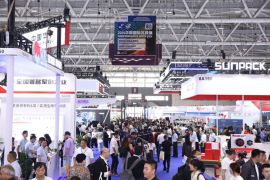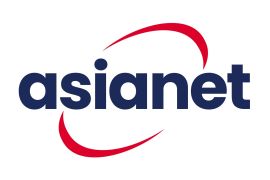"We are offering to expand cooperation with Indonesia to increase the velocity of mid-speed trains," President of China Railway Sheng Guangzu stated during a visit to Indonesian Minister of Transportation Ignatius Jonan here on Friday.
He noted that China had increased the velocity of its mid-speed trains since 1979, or since Chinas reform era.
"Before the reform era, the average speed of our trains was some 80 to 100 kilometers (km) per hour," Guangzu remarked.
Since the reform era, during the period between 1979 and 2007, China had built a large-scale, mid-speed railway network, with trains operating between 120 and 160 km per hour, throughout China. Until the end of 2015, railway tracks, spanning 63 thousand kilometers and supporting mid-speed trains operating at 120 km per hour or more, have been built.
"The mid-speed trains have been adapted to Chinas geographical, climatic, and weather conditions. We have four seasons. There are areas that are very cold in winter, but there are also regions with weather or climatic conditions similar to Indonesia," Guangzu pointed out.
Currently, mid-speed trains in China run at a speed of 120 to 160 km per hour.
"Certainly, the increase in speed will be highly profitable for Indonesia. This can be an opportunity to establish future cooperation between China and Indonesia in the field of railways," Guangzu remarked.
China Railway is also offering cooperation in general railway technology to Indonesia.
In response, the transportation minister has welcomed the offer.
"We will follow up on the offer by sending a team from the Indonesian state-owned railway company," he stated.
The minister noted that the railways in Indonesia were not much dissimilar from those in China, though only differing is scale and number.
"Currently, Indonesia has moderate-speed trains both for passengers and cargo. The average number of train passengers is some 300 to 400 million per year, while 15 to 20 thousand tons per day of cargo is transported by train," he revealed.
Jonan stated that Indonesia had also continued to take steps to offer greater comfort and convenience to railway passengers.
"Some 40 percent of the tickets can be booked via an e-ticket booking system, and 40 percent of them can be booked via mobile phone, and the rest via call center," he added.(*)
Editor: Heru Purwanto
Copyright © ANTARA 2016











